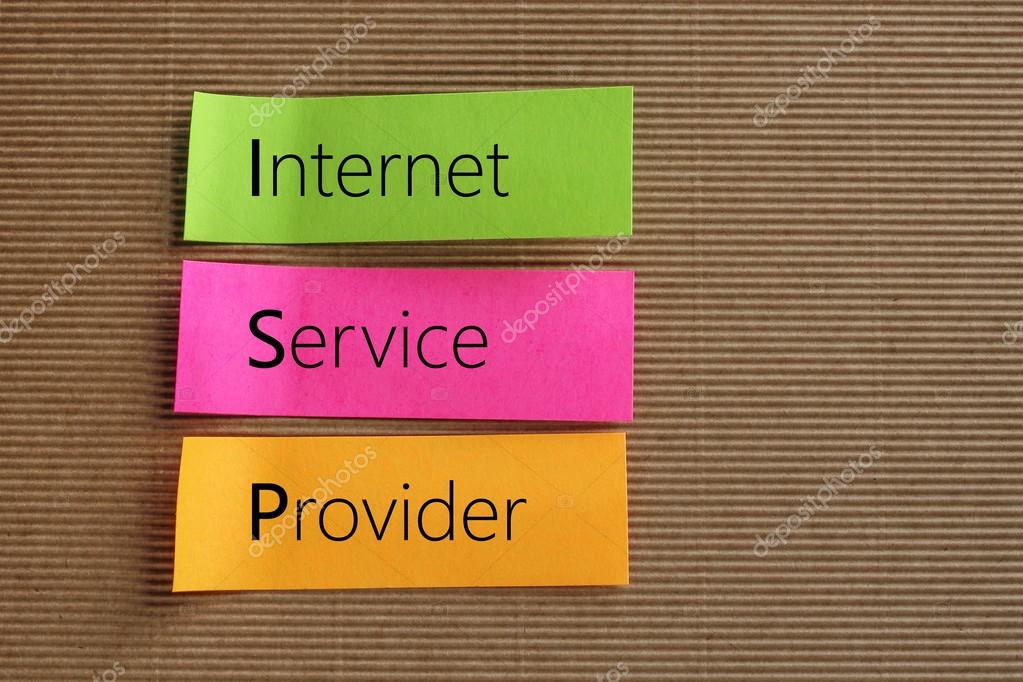CATEGORIES OF WEBSITE
Types of Websites According to Purpose or Function
There are many different purposes for websites. According to
Internet Live Stats, there are over 974 million websites on the Internet that are active. That’s nearly a billion websites, and that number seems to grow each day. With numbers like that, it isn’t too surprising that there are so many different functions for these websites.
Personal Websites
A personal website is simply a site created to share information about yourself, your family, or an event. An example of this would be an online diary or a wedding website. Most people who create this type of site create it on space available for free via their Internet provider or another free site.
- Typically does not have a registered domain. Instead of MyName.com, the address is provider.com/freespace/~myname
- Not a good choice for businesses as the name is harder for search engines to discover and customers to remember.
- Free space is usually very limited, so the site will need to remain small.
There are also services that allow you to create a site for free in this manner, such as Wix.com and WordPress.com for a blog.
Corporate Sites
On the other hand, a corporate website typically has the sole purpose of promoting a business. This type of site is customized and tends to have the following features:
- Custom domain name, such as CorporateWebsite.com
- Custom design that shows the company logo and personality of the company
- Products for sale on the site
- Information about the company
- Information on how to contact the company
The building method for a corporate website can vary, but the purpose is to have an online business presence.
Photo Sharing Websites
According to the
Pew Research Center, 54% of adults online post photos and videos online to share with others. 47% repost photos they’ve found online on sites meant specifically to share those images with others.
It’s easy to see why photo sharing sites are popular. Some examples of photo sharing sites include:
- Instagram (app used via smartphones)
- Facebook (most popular)
- Flickr
Writers/Artists Websites
Websites for creative types tend to have a couple of unique features. First, the personality of the artist is front and center. You’ll likely see the author or artist’s photograph and bio front and center. Other features of the site might include:
- Large images of artwork or book cover
- Samples of work
- Where to order the book or artwork
There are also sites that compile info on many different writers or artists in one place. An example of this is on Amazon.com, where artist bios are posted for readers to browse. These bios link to the author’s work that is for sale on Amazon so that people can easily order the product offered.
Community Building Sites
A community building site is usually built around a common interest or purpose. These sites tend to:
- Offer information on a particular topic
- Provide a way for users to interact with one another via a forum of some type
A good example of a community building site would be LowCarbFriends.com. This site is aimed at people who wish to eat low carb. It provides information in the way of articles and recipes and also has an active forum area where users can interact with one another.
Mobile Device Sites
Google recommends that web developers make their websites mobile friendly. This is vital as more and more people are accessing the Internet online. A mobile device site is quite simply the same thing as your website, but with some adjustments to make sure the site is sized for mobile devices.
Blogs and Online Diaries
Blogs and online diaries tend to be built on WYSIWYG (What You See Is What You Get) platforms, such as WordPress or Blogger. These platforms are very simple to update because posts are created in a form that works very much like a popular word processing programs that users are already familiar with.
- Blogs can be about any topic
- Can be monetized to create a money-making strategy
Some examples of popular blogs include the Huffington Post and Perez Hilton.
Social Network Sites
Around
76% of Americans use social media sites today. Social network sites are highly popular. It is simply a site where you connect with others by “friending” or “following” the person. You can then share thoughts, photos, videos and memes with one another.
Examples of social network sites include Facebook and Twitter.
Professional Networking Sites
A professional networking site is started with the express purpose of allowing professionals to network with one another. The site might be focused on a particular industry or more general in nature, such as LinkedIn, where business professionals from many different industries can interact with one another.
In addition to sites specifically for networking, many professional organizations offer networking within their members only areas of their websites. Only those who are members can access this section of the site.
Informational and Reference Sites
Another purpose for a website is to create a depository for information or reference. These sites can be on nearly any topic you can imagine, from a site about how to play golf to an online dictionary. These sites tend to be free from products for sale, but there is no set rule against selling items on them.
Some examples of these types of sites include Wikipedia and Encyclopedia Britannica online.



